
Perhaps the most popular ingredient in baking is butter, which gives everything from cookies to quick breads its rich flavor and smooth texture. Although it tastes great, it’s not always the healthiest option. Butter is high in saturated fat, which raises LDL (“bad”) cholesterol and may be a contributing factor to heart disease, according to the American Heart Association (AHA). The maximum amount of saturated fat you should consume each day is just two tablespoons.
The good news is that there are many delicious, healthful substitutes that can perform the same — or even better — function as butter, whether you’re trying to cut calories, follow a heart-healthy diet, avoid dairy, or simply run out of butter in the middle of a recipe.
Are you prepared to reinvent baked goods? These are 11 wholesome, dietitian-recommended alternatives to butter.
1. Mashed Avocado: Creamy and Packed with Nutrients
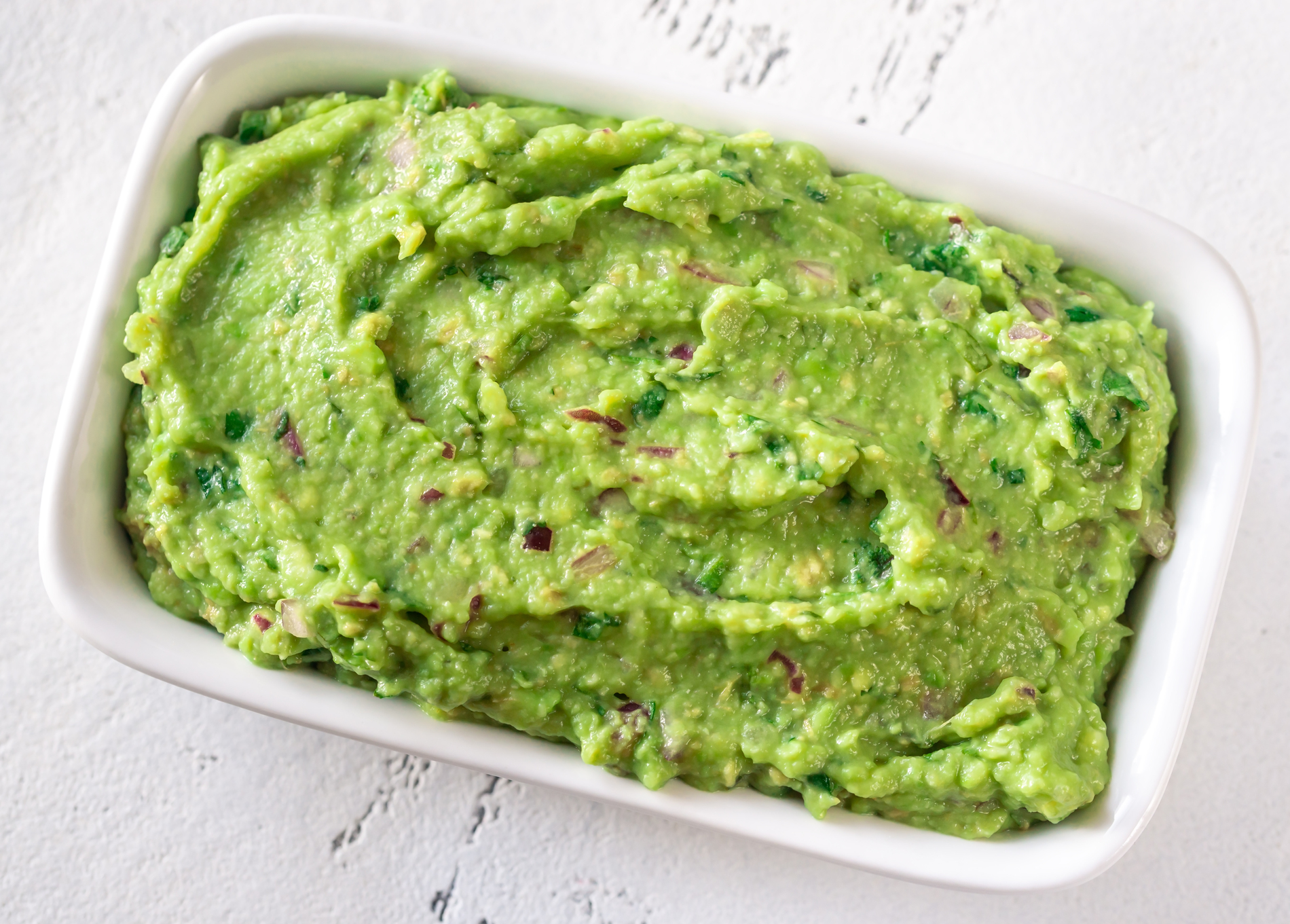
Avocado’s creamy texture and heart-healthy fats make it one of the best butter substitutes, according to dietitians. It has almost 20 vitamins and minerals, fiber, and potassium. In recipes that call for cocoa or dark spices, use mashed avocado in a 1:1 ratio; it blends in perfectly and the green color is eliminated. Research suggests that eating more avocados may promote heart health and physical activity because they contain anti-inflammatory compounds.
2. Olive Oil: A Mediterranean Heart Hero
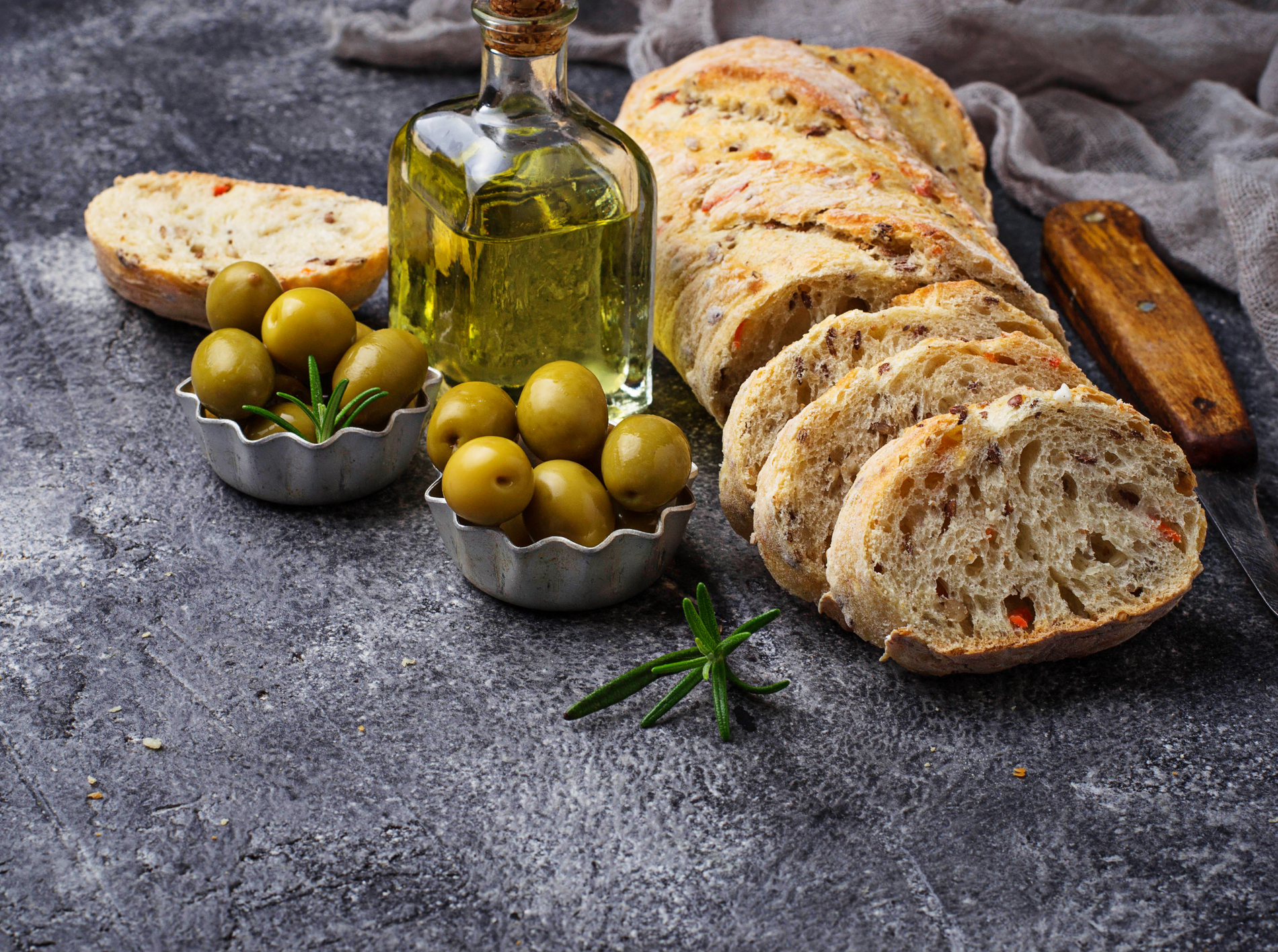
Extra virgin olive oil is excellent in baking as well as salads. It is rich in antioxidants and monounsaturated fats, which are known to promote cardiovascular health. Nutritionists advise using a 1:1 ratio of olive oil to butter. Remember that the flavor of EVOO is strong and peppery. Use light olive oil or another oil with a more neutral profile for baked goods where you want a softer flavor.
3. Avocado Oil: The Neutral All-Star
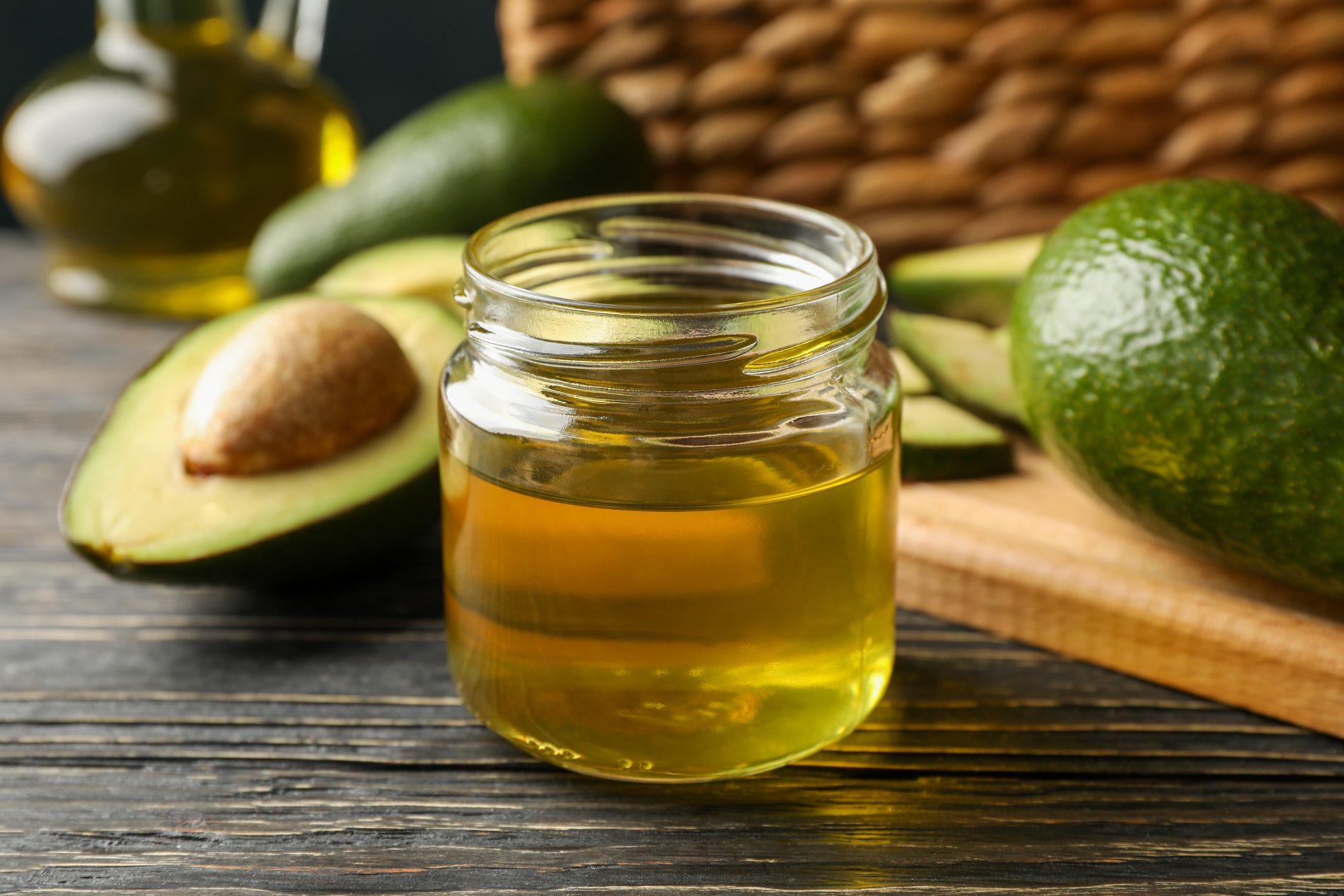
Avocado oil is your best friend if you want the health benefits of avocados without the strong flavor or green tint. Its subtle taste and high smoke point make it a favorite among dietitians. For moist, delectable cakes, muffins, and quick breads, use it in an equal amount to butter, just like olive oil. According to research, avocado oil’s anti-inflammatory qualities may help mitigate the damaging effects of stress on your body.
4. Greek Yogurt: Creamy, Tangy, and High in Protein
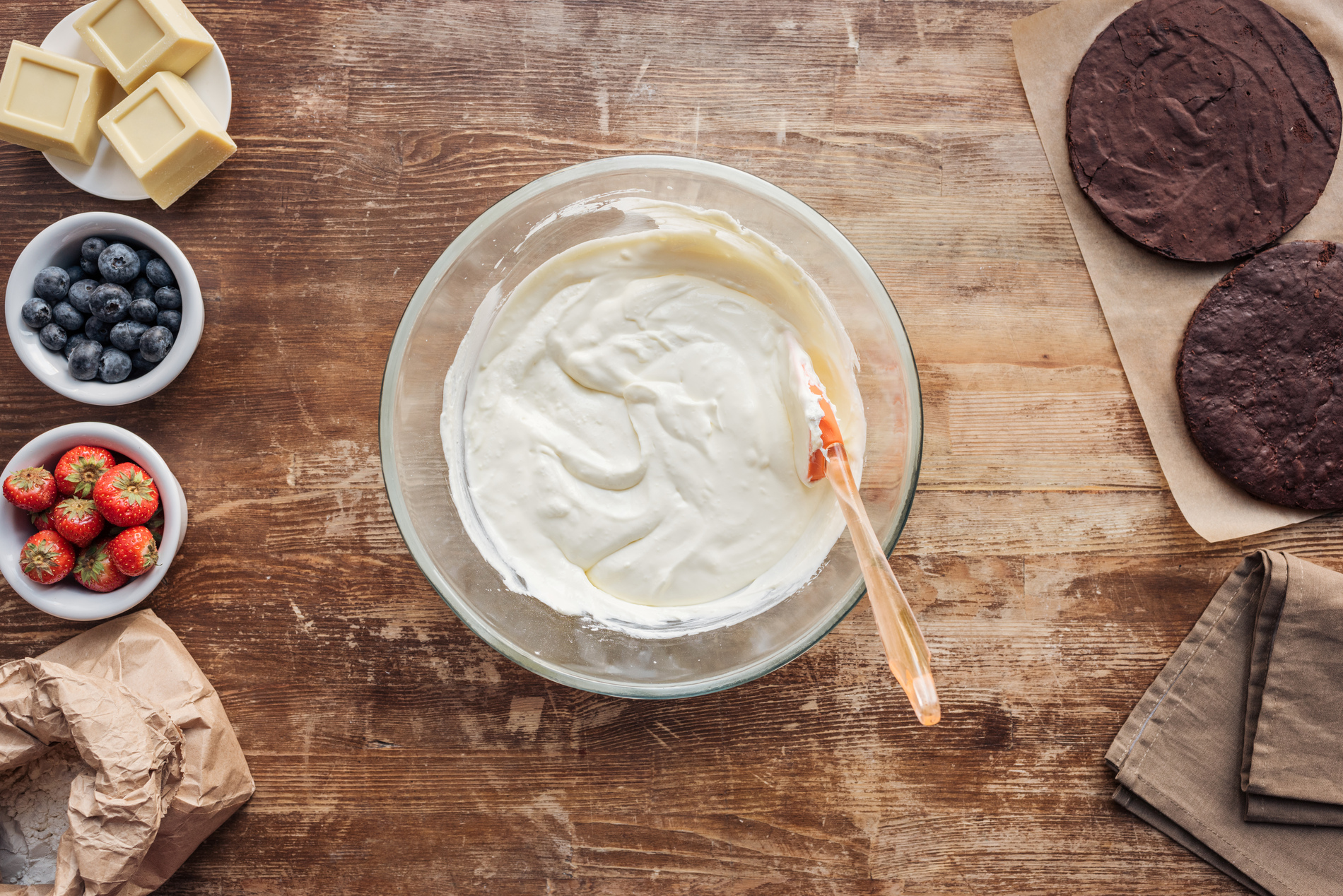
Want to boost your protein intake and add some creaminess? Let’s talk about Greek yogurt. It has a butter-like texture and is high in probiotics and calcium. Replace half of the butter with Greek yogurt and the other half with a healthy oil for optimal results. It is recommended by nutritionists to be used in moister, denser baked products, such as brownies or banana bread. Just remember that it reduces shelf life, so savor your treats as soon as possible!
5. Applesauce: Sweet, Moist, and Lower in Calories
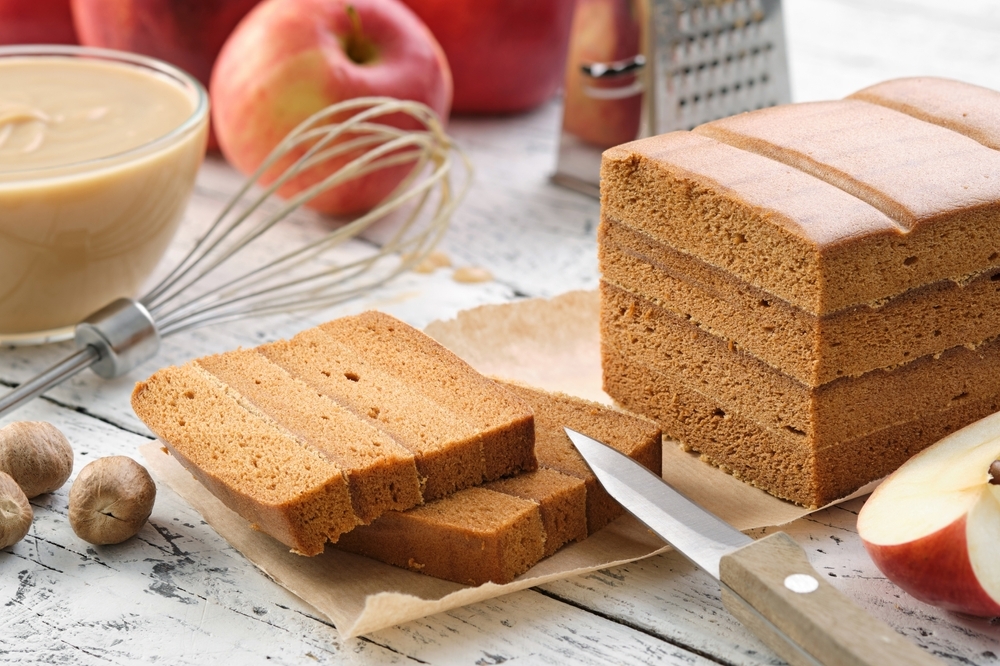
A traditional alternative to butter is unsweetened applesauce, particularly in sweet recipes like muffins and quick breads. It keeps baked goods moist without adding extra fat and adds natural sweetness. For balance, try substituting applesauce for half of the butter and oil for the other half. In addition to drastically reducing calories and saturated fat, this combination also subtly adds vitamin C and fiber.
6. Mashed Bananas: Fruity Flavor with a Potassium Kick
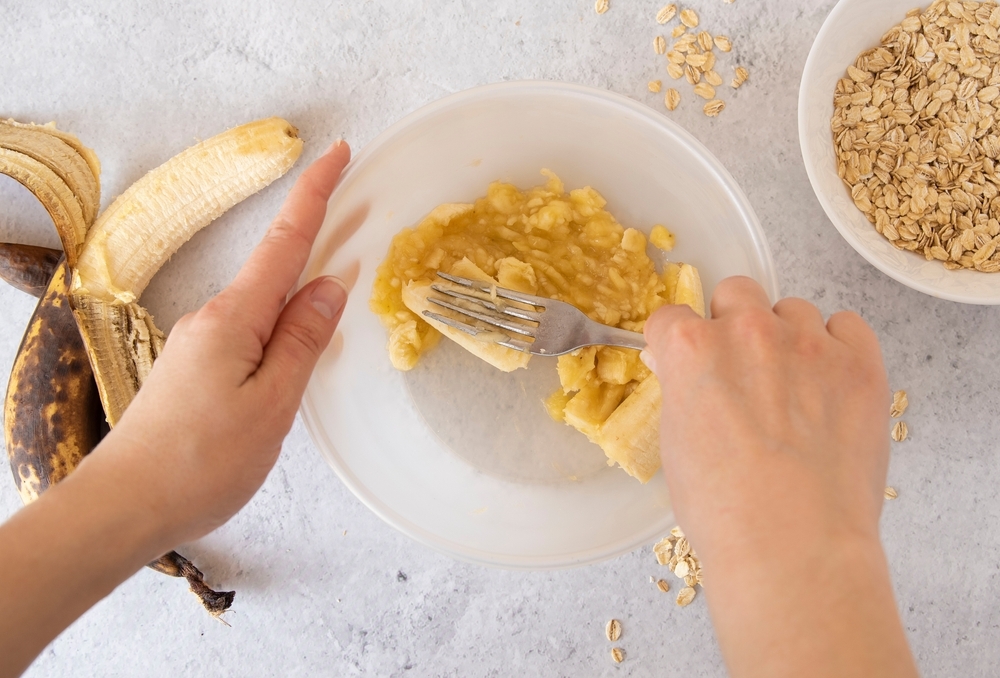
In addition to being sweet and moist, bananas are a good source of potassium, which helps maintain normal blood pressure. Half of the butter in your recipe can be substituted with mashed banana. It works best in muffins, banana bread, or spiced desserts because the flavor will be emphasized. Not a fan of the banana taste? To help balance the flavor, mix it with cinnamon or cocoa.
7. Nut Butters: Rich Flavor and Plant-Based Protein
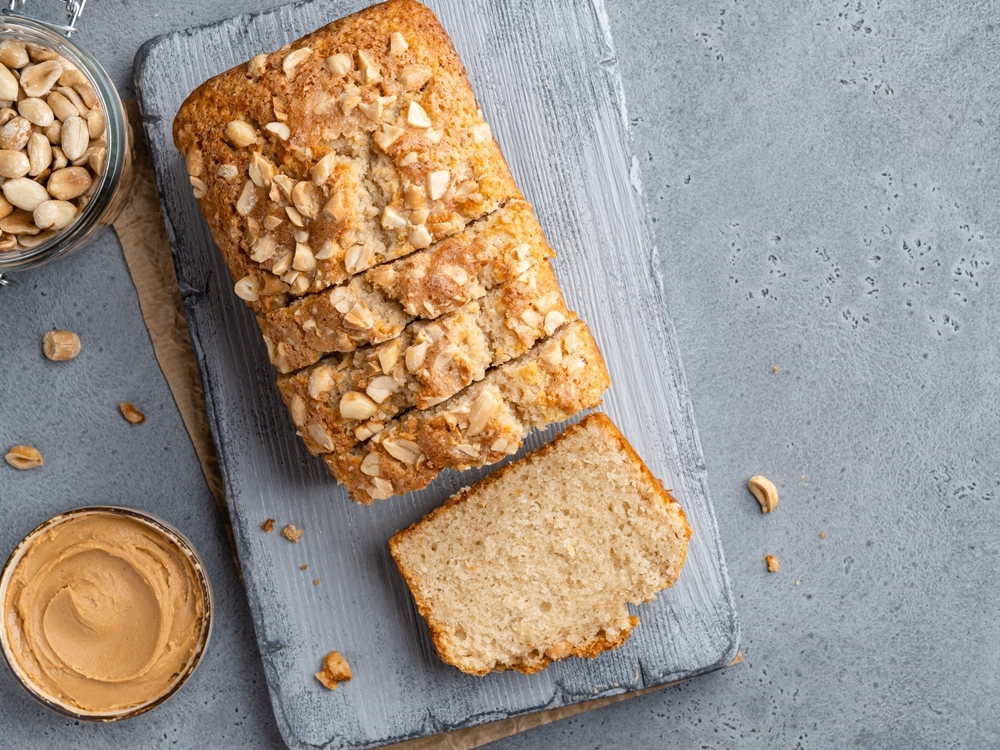
Cashew butter, peanut butter, or almond butter can be used in place of butter to add extra plant-based protein and a nutty twist to baked goods. To keep things healthy, choose natural, unsweetened varieties. For cookies, brownies, and bars, use a 1:1 ratio; however, you should anticipate a denser texture and a more noticeable flavor.
8. Pumpkin Puree: Fall Flavor and Fiber-Rich Goodness
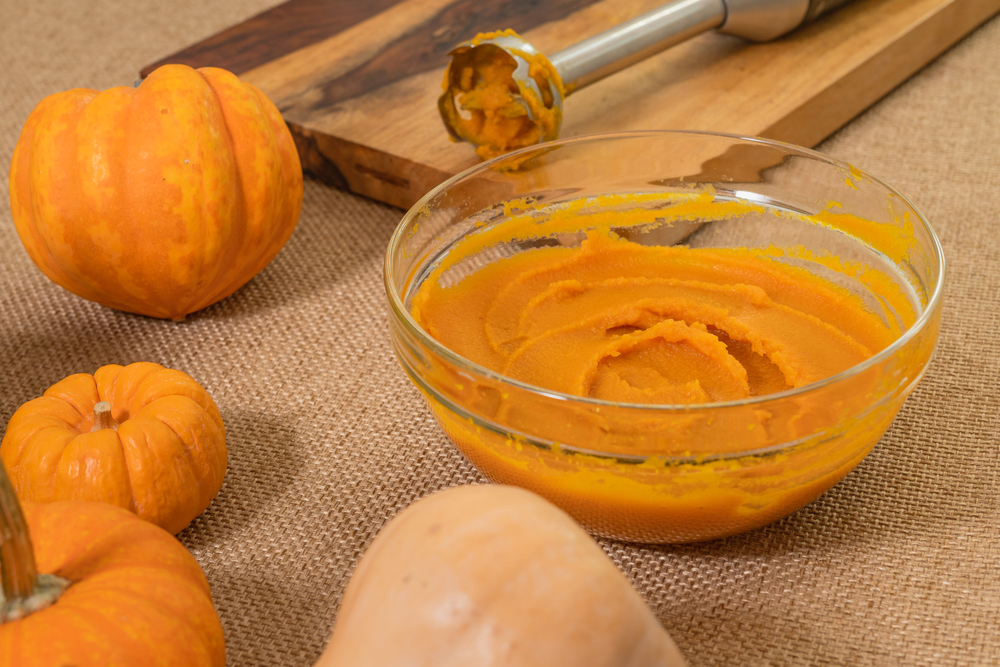
A year-round favorite, pumpkin puree is a seasonal favorite. It adds a hint of earthy sweetness, fiber, and moisture. For a lighter, more nutrient-dense twist, use pumpkin puree in place of up to half the butter in your recipe. Spices like ginger, nutmeg, and cinnamon go well with pumpkin, making it ideal for baked goods with an autumnal theme.
9. Silken Tofu: The Secret Vegan Moisturizer
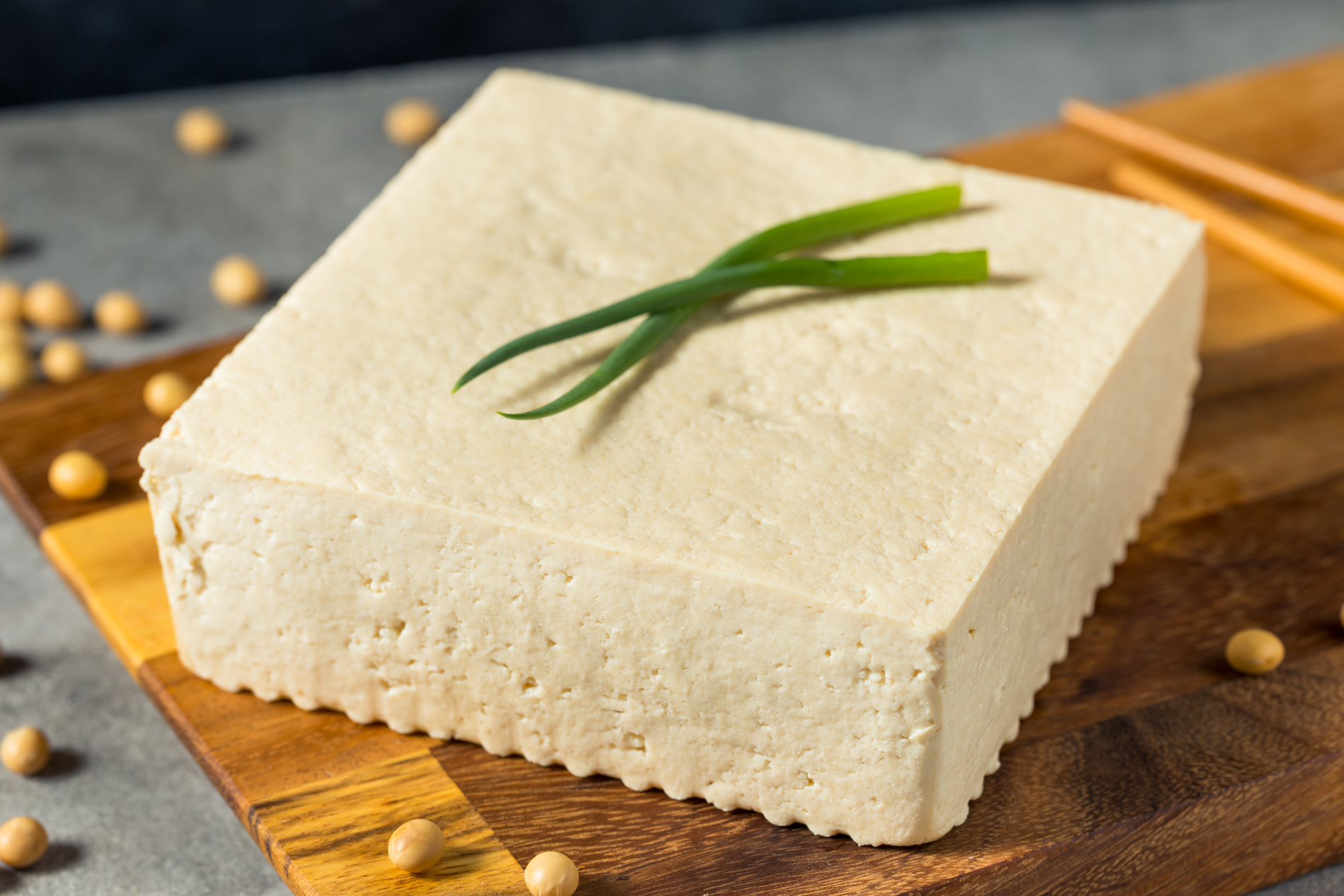
Although it may seem like a strange alternative, silken tofu adds protein and creaminess to batters without using dairy. Use it in dense desserts such as cheesecake-style bakes, brownies, and fudgy cakes. Anyone following a vegan or dairy-free diet will find tofu especially helpful. Just make sure to blend it well before incorporating it into your recipe.
10. Butternut Squash Puree: Sweet and Savory Substitute
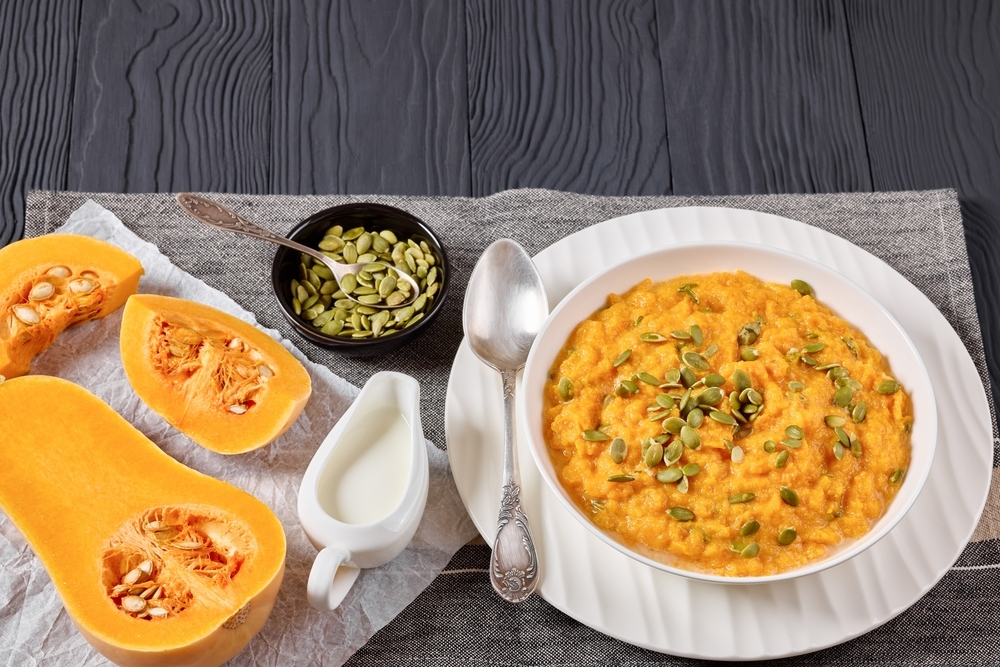
Butternut squash functions similarly to pumpkin in baked goods and has a slightly sweet, nutty flavor. It’s full of vitamins A and C and a great way to sneak in some extra vegetables. Use it as a 1:1 substitute for butter in recipes like cornbread, muffins, or spice cakes that call for a hint of sweetness.
11. Coconut Oil: A Plant-Based Fat with a Twist
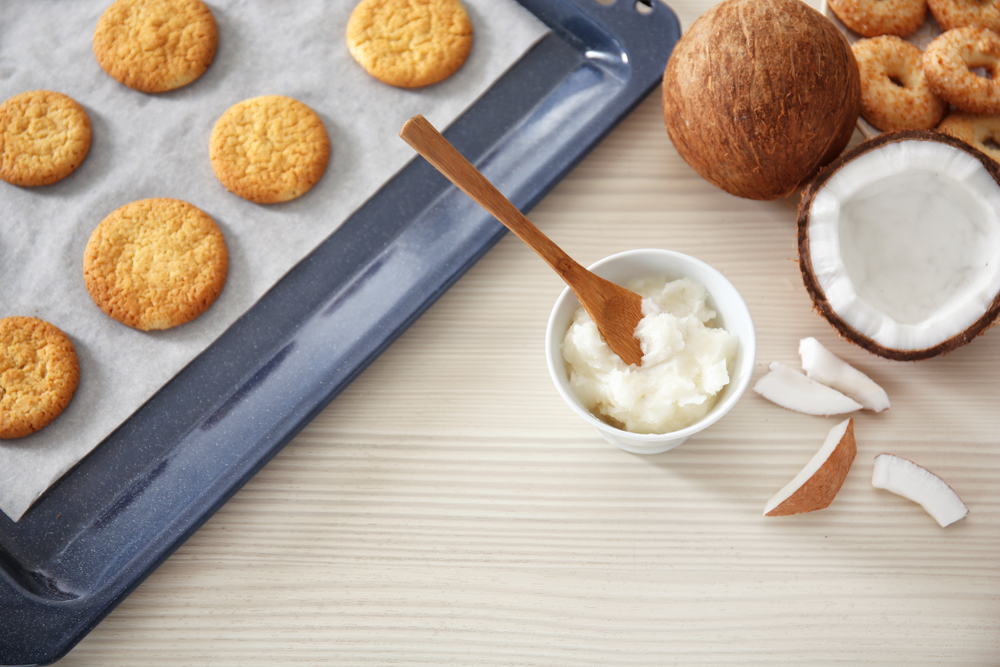
In vegan baking, coconut oil is frequently used in place of butter. It is the perfect texture match because it is solid at room temperature. Use it sparingly, though, as it still contains a lot of saturated fat. It gives treats with a tropical theme, like pineapple muffins or coconut-lime cookies, a subtle coconut flavor.
Butter Alternatives for Spreading
There are other options besides butter for spreading on crackers or toast. Try:
- Avocados are rich, creamy, and high in potassium and fiber.
- Nut butters are filling, tasty, and high in protein.
- Savory, plant-based, and high in fiber is hummus.
- Ricotta or cottage cheese are protein-rich, lower-fat dairy substitutes.
- For natural sweetness, use fruit compotes or preserves without added sugar.
These butter substitutes provide tasty and useful options whether you’re baking for heart health, experimenting with a new diet, or just trying to increase the nutritional value of your favorite treats. Selecting whole-food substitutes like avocado, yogurt, or olive oil can help you feel better over time in addition to improving the nutritional profile of your baked goods, according to dietitians.
Additionally, don’t be scared to try new things. It might take some trial and error to find the ideal butter substitute, but with these choices, you’re well on your way to making homemade dishes that are healthier while still tasting great.




